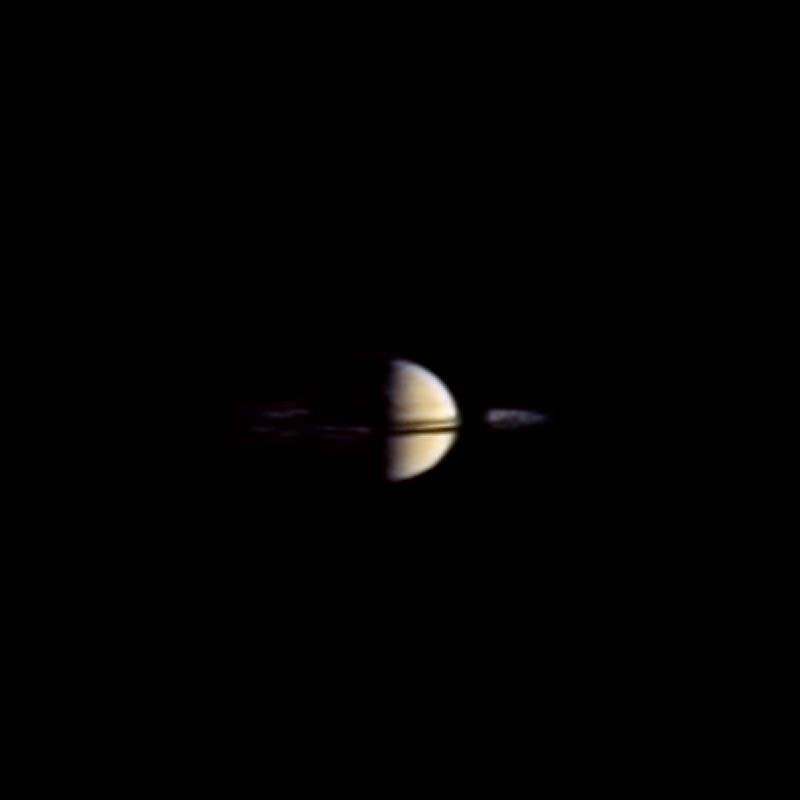Björn Jónsson
@bjornjonsson.bsky.social
1.4K followers
130 following
54 posts
Software engineer interested in solar system exploration + many other things. Advanced amateur planetary image processor. Ruler of several non-existent planets.
Posts
Media
Videos
Starter Packs
Reposted by Björn Jónsson
Reposted by Björn Jónsson
Reposted by Björn Jónsson
Reposted by Björn Jónsson
Reposted by Björn Jónsson
Reposted by Björn Jónsson
Reposted by Björn Jónsson
Reposted by Björn Jónsson
Reposted by Björn Jónsson
Reposted by Björn Jónsson
Reposted by Björn Jónsson
Björn Jónsson
@bjornjonsson.bsky.social
· Sep 13
Reposted by Björn Jónsson
Reposted by Björn Jónsson
Reposted by Björn Jónsson
Reposted by Björn Jónsson
Reposted by Björn Jónsson




























